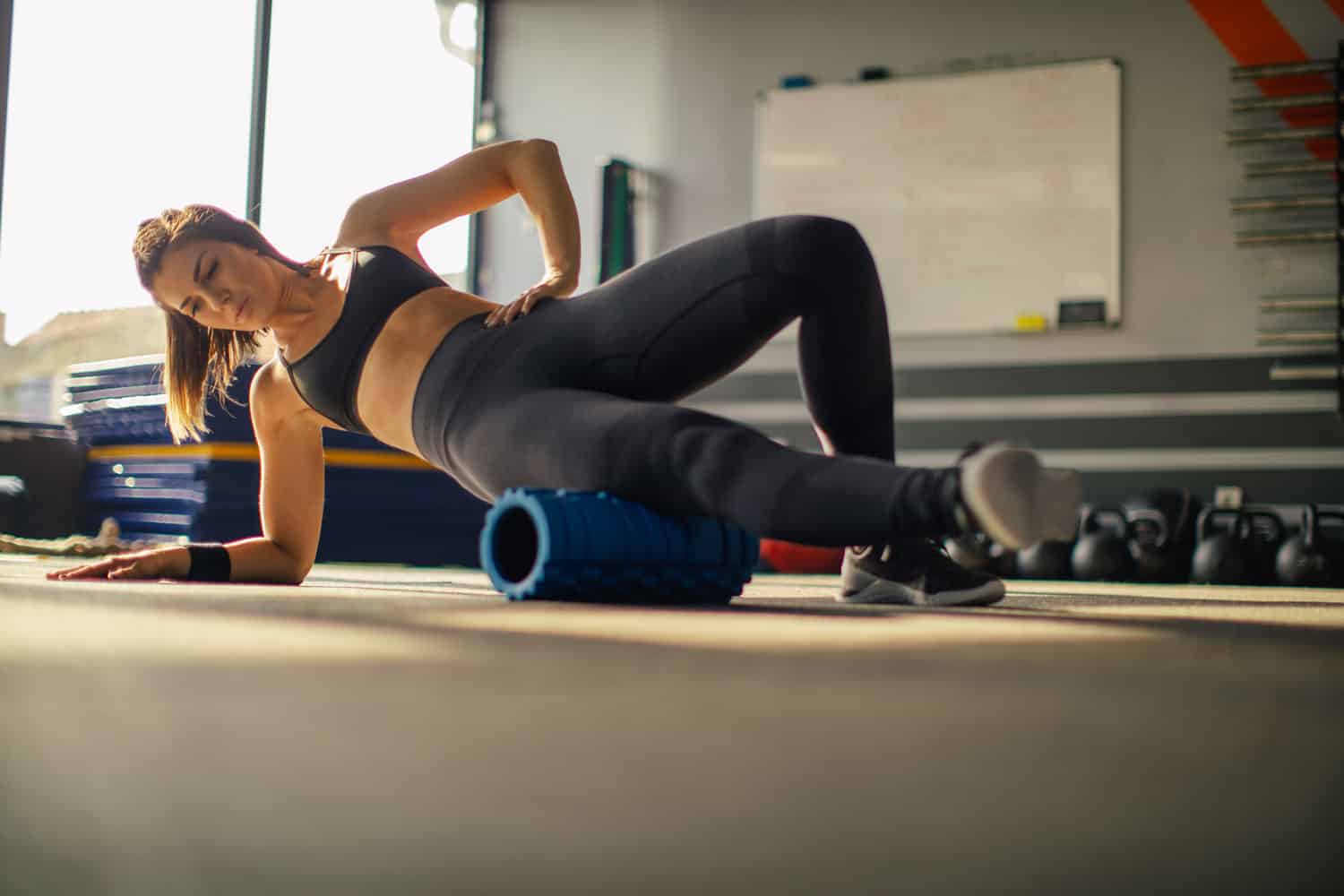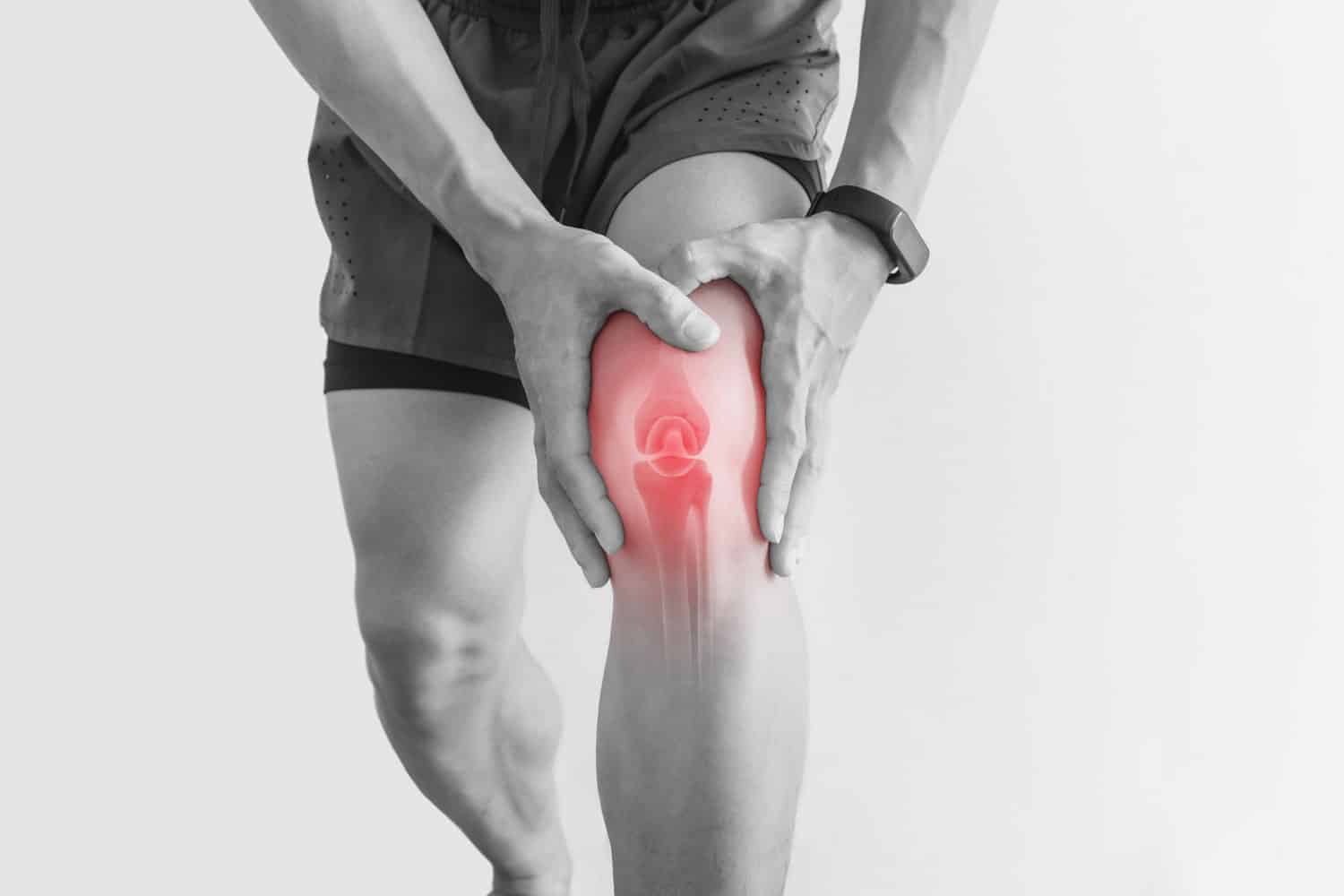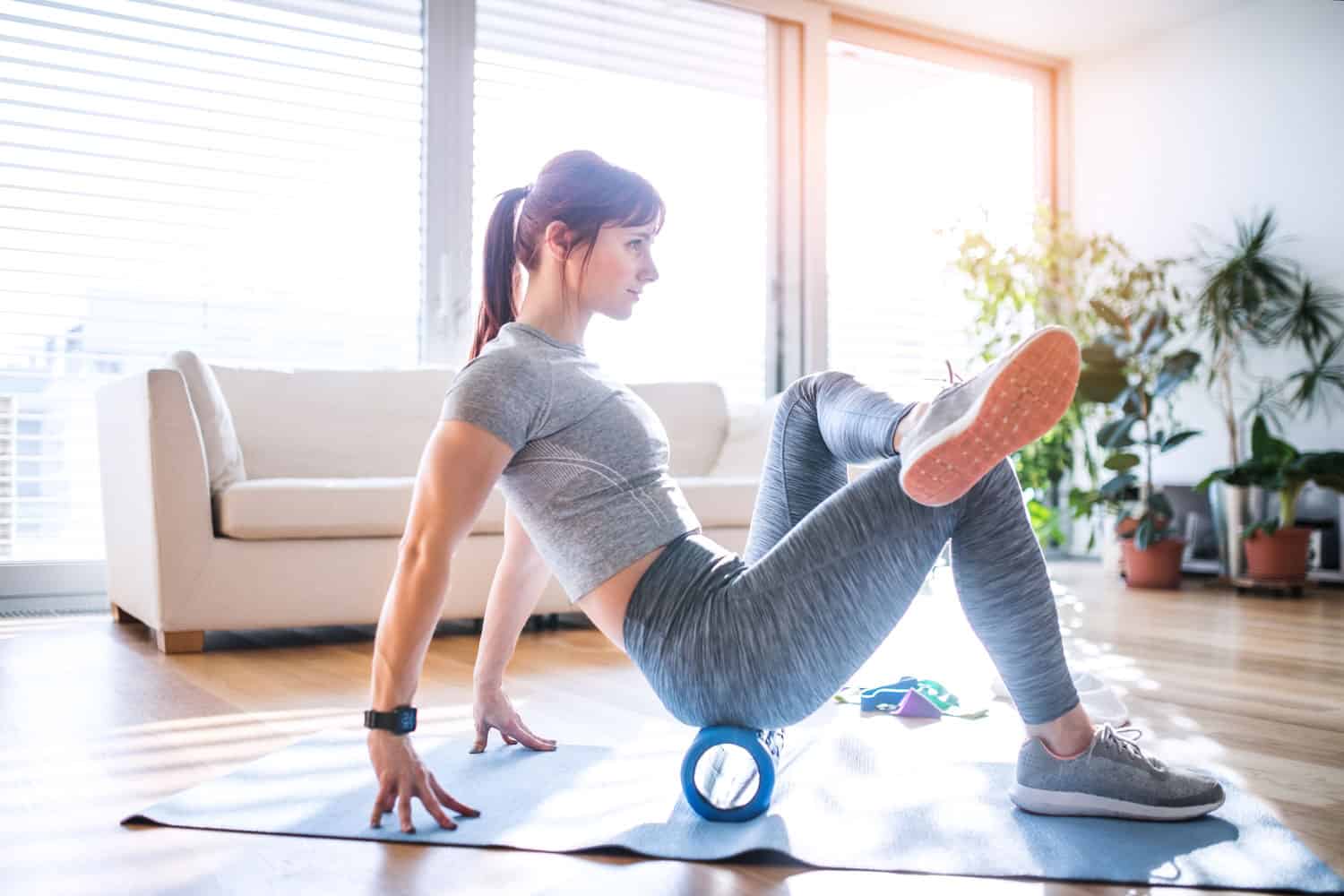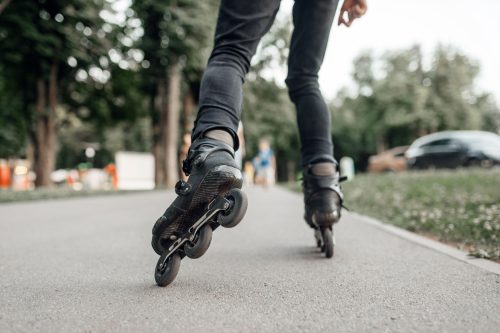When you're running, mobility is important for top performance. Foam rollers help loosen joints and increase mobility. But should they be used before you run? We have researched for you so you can just read and run, rather than spending hours researching.
When you are running, foam rolling is useful before and after your workouts. Foam rolling before a workout will help you move better and prevent injury while running. Using it after running can aid recovery and help reduce muscle soreness. So, you should actually use a foam roller before and after your run to maximize benefits.
After finding out that you should use a foam roller before and after exercise, you are probably curious why that's the case. In the rest of this post, we will discuss the benefits of using a foam roller before and after, as well as how to use one.

Is Foam Rolling Good For Runners?
Foam rolling is a type of self-massage that promotes myofascial release. Myofascial release is used in alternative medicine to treat muscle pain and immobility. It does this by relaxing muscles, improving circulation, and stretching the muscles.

For runners, this means that using a foam roller can lower your injury risk and improve your performance as a runner. It improves your mobility. As a result, you will be more efficient and a better athlete overall.
Foam Roller Benefits
Foam rolling has a lot of benefits for runners. Some of the most important ones are that it increases mobility, reduces muscle soreness, and lowers your risk of injury. It can also help you relax and relieve back and fibromyalgia pain.
Increases Mobility
The most important use of foam rolling is to loosen tight muscles in the hips, quads, and glutes. By releasing these muscles before a run, you will improve your circulation and your efficiency when running. You will also have a full range of motion for any exercises you choose to do.
Reduces Muscle Soreness
After a run, lactic acid builds up in your muscles, which causes them to be sore. When you foam roll, your blood circulation increases. As a result, there's more oxygen in the muscle to flush out the lactic acid. This reduces soreness and helps speed up recovery.
Lowers Injury Risk
When used before a workout on a sore or injured muscle, it activates the muscle and makes it more efficient. This will decrease the amount of energy the muscle exerts and lower your risk of injuring it further.
Relieves Pain
Foam rolling helps relieve fibromyalgia symptoms and back pain. It massages the muscles and helps relieve tension that can cause injury. However, be careful when foam rolling your back as it can be easy to further strain it if done incorrectly.
One study showed that, when used by patients with fibromyalgia for 20 weeks, foam rolling decreased pain intensity, fatigue, stiffness, and depression. In addition to that, it also increased these patients' range of motion.
Helps You Relax
A lot of people enjoy how they feel after foam rolling. It relaxes your muscles and helps reduce tension. For this reason, many people say that they feel calmer after performing foam rolling exercises.
Can Foam Rolling Be Harmful?

Just like any other exercise, foam rolling can result in injury if not performed correctly. If you have a serious injury, get your doctor or physical therapist to give you permission before using a foam roller. While exercising, stop if at any point you feel sharp or severe pain.
Foam rollers aren't designed to be used over bones or joints, including your spine. They will not help with spinal pain. When using a foam roller on your back, make sure it is vertical and slowly roll from side to side, in line with your spine.
When using a foam roller, do not roll over your knees, elbows, ankles, or other small joints. If you do, you risk hyperextending or injuring them. When you do your legs, make sure to start with your calves and then do your quads separately while avoiding the knee area.
It is safe to use a foam roller when pregnant, provided your doctor okays it. However, do not lay on foam rollers on your back later in your pregnancy. Avoid rolling your calves in your third trimester, as it can trigger premature labor.
How To Foam Roll

When you use a foam roller, you should use it on your muscles for 30 to 60 seconds per muscle group. Do not exceed two minutes per group. Pay attention to sore spots, and spend 15 seconds on any sore spot.
It is important to make sure the muscle you are exercising is fully extended and stretched. Don't worry about how fast or slow you roll the muscle. Instead, make sure that you are rolling out the entire muscle.
When you start foam rolling, it can be a bit painful at first as the muscles become more flexible. After a few weeks, that pain should subside. If the pain is severe or sharp, stop immediately and consult a doctor.
Choosing A Foam Roller
Foam rollers come in a lot of different types and textures. When looking for a foam roller, you want to choose one that has a hard plastic inner cylinder and a thick layer of foam on the outside. A cheaper roller might be made with too much foam and not hold up to the weight of your body.
Some foam rollers have ridges and have more purpose than just being used for foam rolling. They also can help with trigger-point release, which helps release knots. You simply put the ridge on the knot for 15 to 30 seconds, and it will be extremely effective in releasing it.
Examples of High-Quality Foam Rollers
To help your search, we've included two high-quality suggestions from Amazon:
1. 321 Strong Foam Roller
This high-density foam roller is perfect for beginners. Click here to see it on Amazon!
2. KeShi Foam Roller Set
This set includes a foam roller, massage stick, yoga stretching strap, and other goodies to help increase the effectiveness of your workout. Click here to see it on Amazon!
Beginning Foam Rolling Exercises
1. Hip Flexors
Put yourself in a plank position. Next, put the foam roller on the top of your thighs and use your forearms to roll backward. You should feel this exercise in your hips. This can be performed with either both or one leg at a time.
2. Upper Back
Lie on your back and place the foam roller beneath your shoulder blades. Next, bend your knees and place your hands behind your head. Slowly roll back and forth, concentrating on particularly sore spots.
3. Glutes
First, bend your legs and cross your legs at the knees. Next, sit on the foam roller on the side that is crossed over. After you are in position, roll the foam roller back and forth over the muscle.
4. Calves
Start on your back, then lift yourself with your hands placed directly under your shoulders. After that, position the foam roller under your calves and roll out any muscle soreness. Like the hip exercise, this one can be done either with one or both legs at a time.
Is Foam Rolling Better Than Stretching?

Foam rolling is not better than stretching. It is important to use the two in conjunction with each other for the best results. Foam rolling makes the muscle more relaxed and better able to stretch. Make sure to use your foam roller before you stretch. By doing this, you ensure that your muscle can stretch to its full potential without risking injury.
How Soon After Running Should You Foam Roll?
Once you stop running and before stretching, you should use your foam roller. Be sure to foam roll the muscles you worked during the workout, as well as the muscles above and below the worked muscles.
Can I Use A Foam Roller Every Day?
Yes, you can use a foam roller every day. However, be sure to keep it to between 5 to 20 minutes a day. Overworking the muscles can result in pain and injury.
Final Thoughts
Foam rollers are really beneficial for running and should be used before and after your workout. They have many benefits when used properly and belong in every athlete's routine! Foam rolling can be done every day to increase mobility and performance while decreasing injury risk.
Now that you've read this article, you should feel more confident in how and when to use your foam roller. Before you go, click the links below to check out some of the other posts on this blog.
How To Keep Earbuds From Falling Out While Running? [6 Helpful Tips]




![Read more about the article What Do You Need for Backcountry Skiing? [Basic Gear List]](https://fitseer.com/wp-content/uploads/2020/09/A-well-geared-skier-hiking-on-a-snow-trail-500x333.jpg)

![Read more about the article Can You Break A Pilates Ring? [And How To Fix It]](https://fitseer.com/wp-content/uploads/2021/06/Young-woman-practicing-pilates-with-ring-at-group-class-in-yoga-studio-500x333.jpg)
![Read more about the article What Are Basketballs Made Of? [And What’s Inside Them]](https://fitseer.com/wp-content/uploads/2022/03/A-basketball-left-on-the-court-500x333.jpg)
